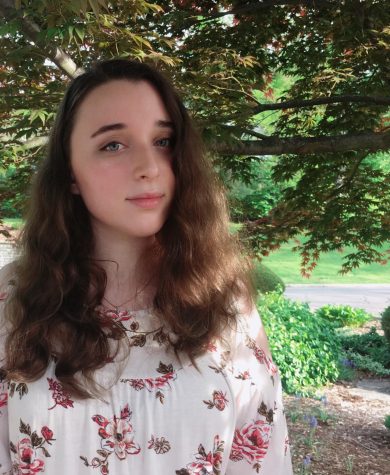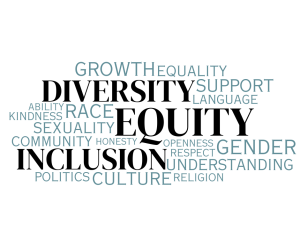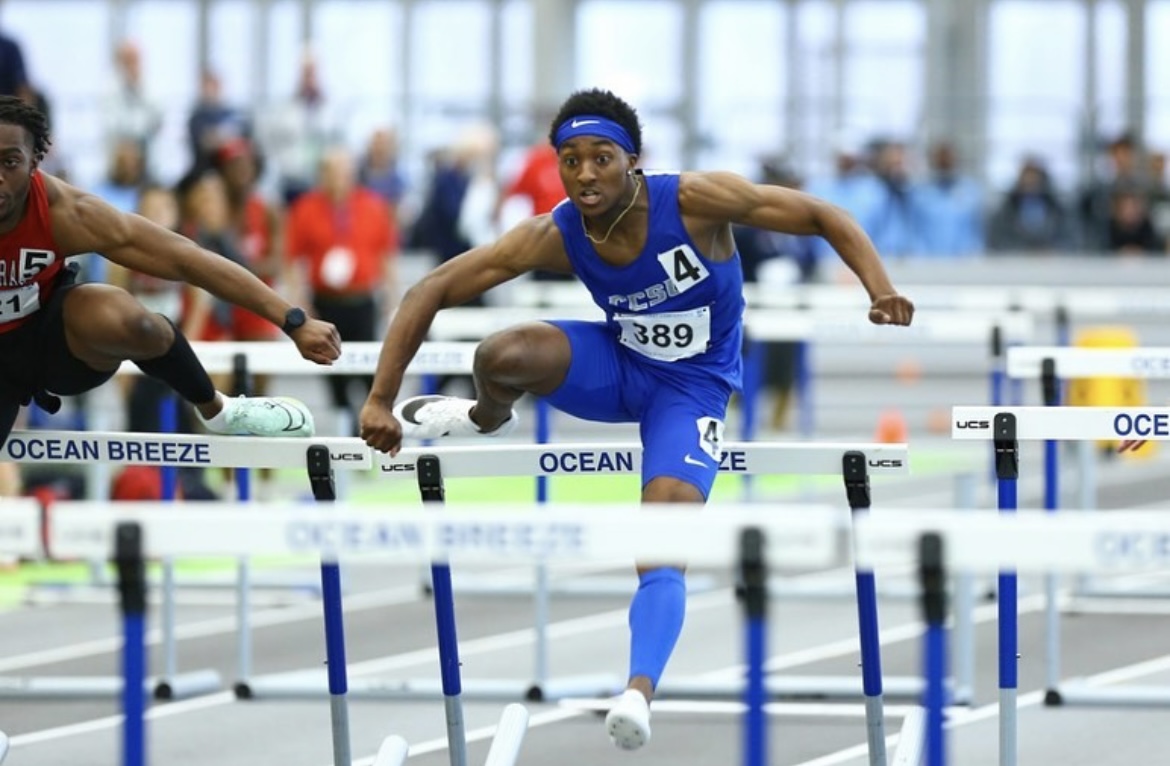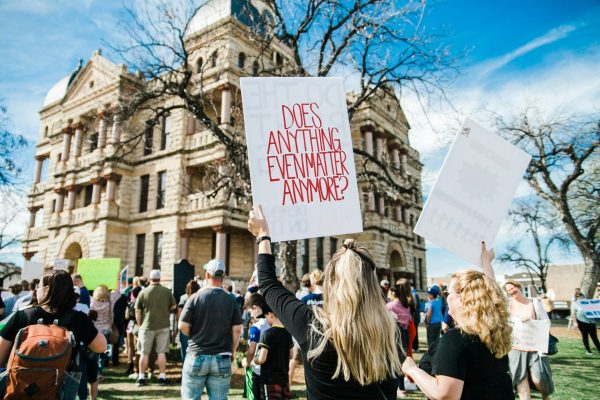A Case For Printing Graphic Imagery
February 18, 2019
There has long been a debate in journalism about how far is too far when seeking and reporting the truth. Whether or not news organizations should be publishing and broadcasting violent imagery has always been at the center of this debate.
But there should be no debate about graphic photos. They matter. They have a major impact. They deserve to be seen by readers.
In 2015, dead toddler Alan Kurdi washed ashore on a Turkish beach. His family, Syrian refugees, had attempted to flee their war-torn home by crossing the Aegean Sea to Greece when the boat capsized five minutes into the journey. Kurdi and his brother were two of 12 to drown and the photographer who snapped Kurdi’s lifelessness told CNN that she did so because “this is the only way I can express the scream of his silent body.”
Whether or not to publish a drowned toddler became a fierce topic of argument in newsrooms. Major outlets like the Washington Post, The New York Times, Time Magazine, CNN and Fox News moved forward with showcasing some form of Kurdi’s dead body. These publications inevitably received backlash, with the Post’s Beirut Bureau Chief Liz Sly saying in an interview with Nieman Reports that she was “surprised by criticisms that she was violating Kurdi’s dignity” after tweeting photos of the deceased toddler.
To Sly, not giving Kurdi news coverage, including his body, would have been a disservice to him and to the other Syrian children killed in the country’s war. In her view, “perhaps we’re violating [other Syrian children’s] dignity by not publicizing them and having them die in silence in the dark.”
That is the essence of why graphic images deserve to be published. Kurdi put a face to Syria’s humanitarian crisis. His tiny body lying face down beside the massive sea was a wake-up call that readers had not ever received before. Though it is uncomfortable and distressing to see a toddler’s dead body, people need to see it, and we as reporters have no right to prevent readers from seeing it.
Moreover, in the age of the wild terrain, we know as social media that graphic imagery will spring up anyway. The Parkland shooting is emblematic of that; videos from within classrooms where students lied bloodied on the floor or prayed to live in the corner as the SWAT team burst in surfaced and went viral.
As a student, this inside-look was disconcerting even for me; for someone who works in news and is mostly numb to violent imagery, even if I felt nauseous. But that’s the point. The videos were supposed to make me sick. They were supposed to make me think if I and my classmates could be next. You cannot compare print headlines and sugar-coated broadcast packages of another school shooting to actually bearing witness to the carnage.
Of course, that is not to say that news organizations should not give readers a choice. Disclaimers and trigger warnings should be necessary, and if the imagery is borderline Rated R, it should be uncensored by the reader themselves if they decide to reveal it with a click of their mouse.
Nonetheless, regardless of a reader’s decision, accessibility to violent imagery is imperative. They showcase the truth, no matter how unsettling it may be. They make you sympathize. They make you want to take action. They make you not look away – they force you to look reality in the face and to finally not ignore what your news anchor has been talking about for hours.
The 1972 photo of a then nine-year-old Phan Thi Kim Phuc running naked and screaming in agony from being scorched by napalm brought a new level of attention to the Vietnam War. The 2001 photo of a nameless man falling headfirst from the attacked Twin Towers left the nation shaken. The 1993 photo of a Sudanese child starving as a vulture waited in the background raised awareness for relief efforts and its photographer killed himself for taking it.
And little Alan Kurdi made even those living thousands of miles from Syria realize the level of devastation the country’s people have to endure.
Violent images hurt. They’re frightening. But they’re so incredibly important. Don’t look away.









